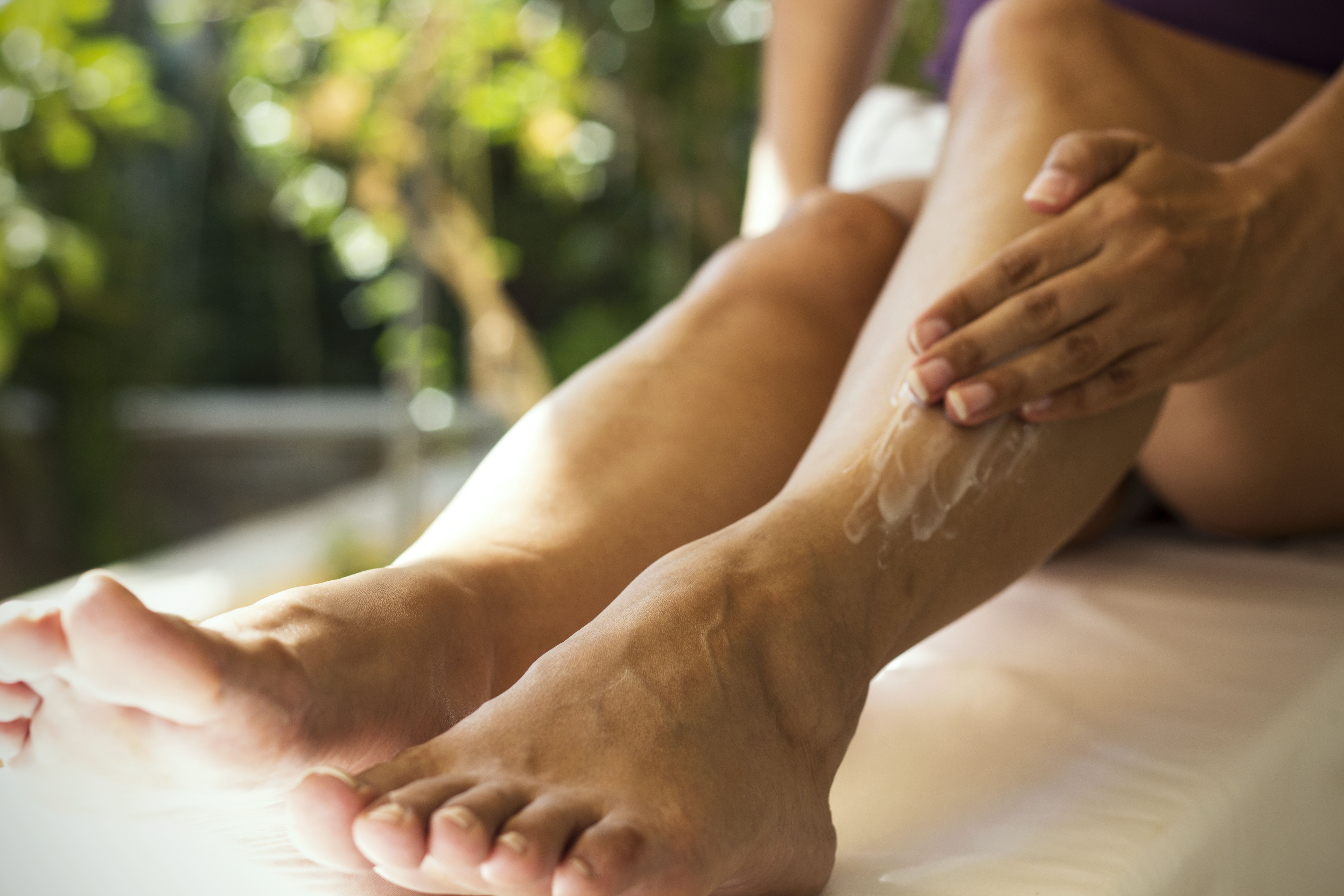
Eczema on legs can be embarrassing and persistent. These red, dry patches can cause you to avoid wearing shorts or short skirts and can stay itchy for weeks or months. Those suffering from eczema seek relief using a variety of methods, but what are some of the best remedies for eczema on legs as well as foot eczema? There are several behavioural changes you can make to address dry skin problems. Here some of our favourite ways to prevent eczema on legs:
- Lock in moisture after a shower: According to the Eczema Association of Australia, moisture is the key to preventing eczema sores on legs. There are a variety of ways to increase the amount of moisture on your skin. This begins with right after you take a shower. Be gentle when using towels. Roughly rubbing your skin with towels after a shower will further irritate your skin. Instead, pat your skin gently so that moisture stays on your skin for as long as possible. After that, apply lotion to the affected areas immediately to lock in moisture.
- Avoid long fingernails: Eczema is not only unsightly, it’s itchy. But the more you itch, the more irritated your dry skin will become. To remove this eczema trigger make sure to trim your fingernails short on a regular basis to help prevent the urge to itch. Wearing cotton gloves while sleeping can also help–you may be itching your eczema during the night without even realising it.
- Reduce dust mites in your home: In recent years, scientists have discovered that dust mites can exacerbate and trigger eczema and other forms of dermatitis. These microscopic critters feed on the flakes of skin our bodies cast off. They are pretty much present in every home, but for some people with sensitive skin, a proliferation of dust mites can spur an eczema outbreak. Dust mites are not always the cause of eczema, but it can’t hurt to work to decrease their presence in your bedroom and home. Make sure to wash sheets regularly, protect your mattress with a dust mite-resistant cover, and wash or dispose of old pillows. You may even be able to purchase pillows that are already resistant to dust mites.
- Avoid other allergies: those who suffer from eczema also tend to suffer from food allergies. Avoiding or minimising allergic triggers is an important part of eczema management. Allergy testing helps your doctor to confirm the substances to which you are allergic, so that appropriate advice can be given.
Discovering what’s good for eczema on legs is all about determining how to prevent irritation. Once you eliminate any environmental factors, you can begin working on locking moisture into your skin. With consistent treatment, behavioural changes, and a positive attitude, many patients have found relief and enjoyed legs and feet free of eczema.
Hope’s Relief offers a wide variety of products used to treat eczema on legs. By using natural ingredients, our products allow you to treat eczema without harsh chemicals or unexpected side effects.
For more information about treating eczema on legs and feet, please contact us.
